Resources
Onze droom is om in groeiende organisaties ondernemerschap, eigenaarschap en burgerschap te versterken. Het doel daarvan is dat we je helpen verder te groeien en je impact te vergroten, met behoud van cultuur.
Welke resources wil je zien?
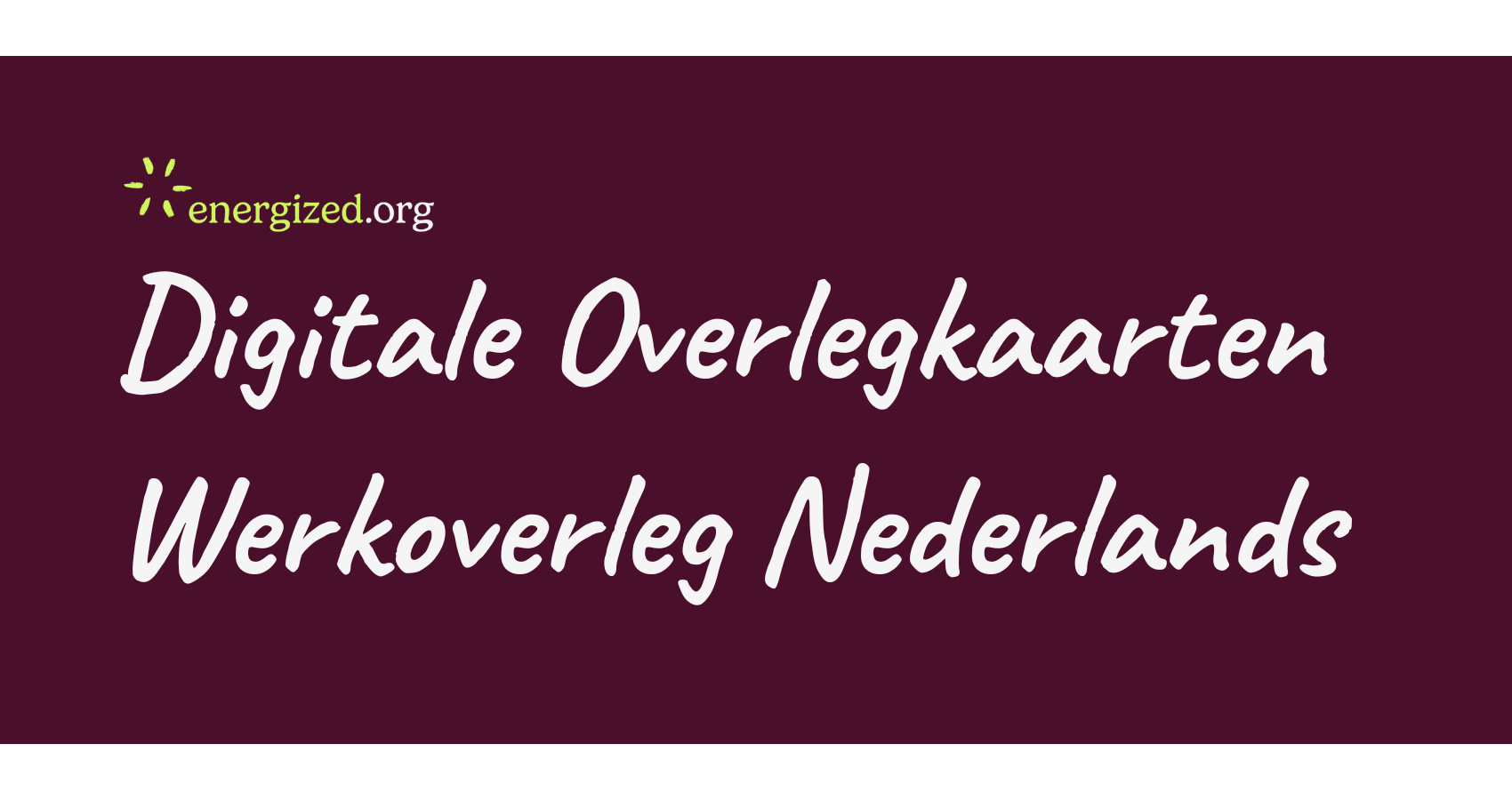
Overlegkaarten Werkoverleg Nederlands
Maak je Werkoverleg efficiënt en doelgericht met onze Overlegkaarten! Deze kaarten helpen je om snel door de agenda te gaan, spanningen te verwerken en acties toe te wijzen. Perfect voor teams die met Holacracy werken en hun werkoverleg naar een hoger niveau willen tillen.
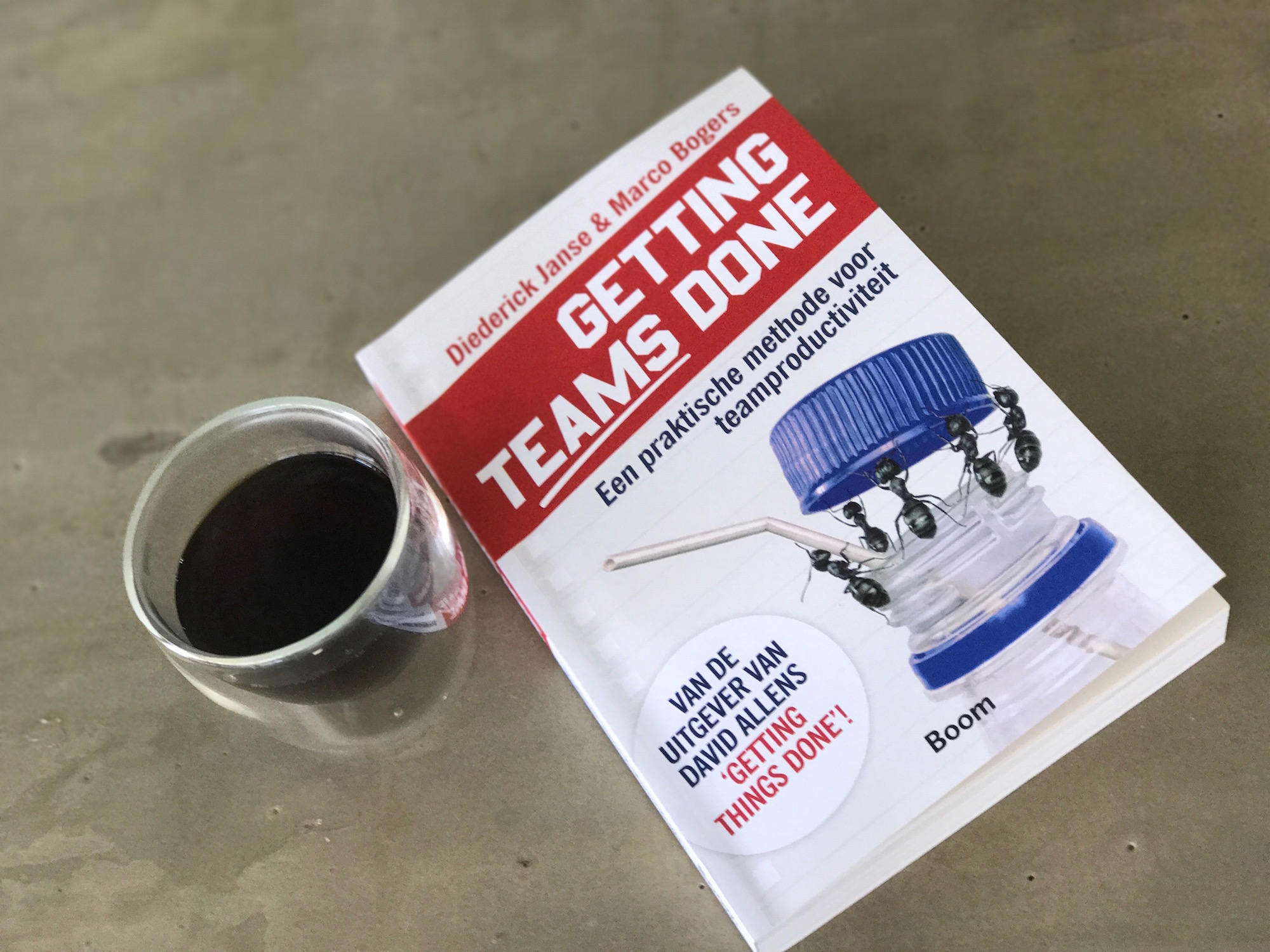

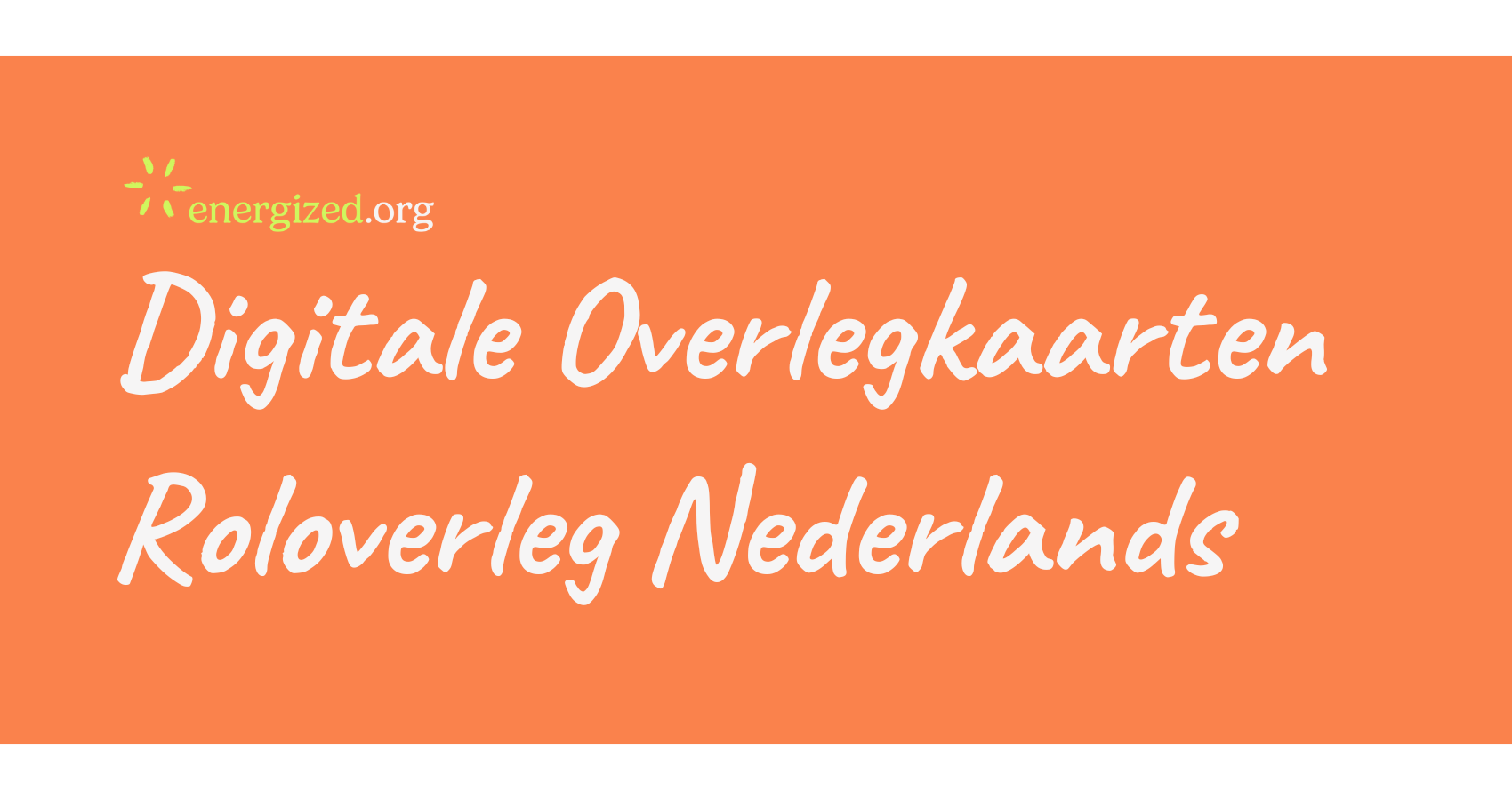
Overlegkaarten Roloverleg Nederlands
Optimaliseer je roloverleg met onze Overlegkaarten! Deze kaarten bieden een duidelijke structuur om rollen en verantwoordelijkheden te definiëren, spanningen te verwerken en beslissingen te nemen. Iedere kaart bevat stapsgewijze instructies om je vergadering efficiënt en gefocust te houden.
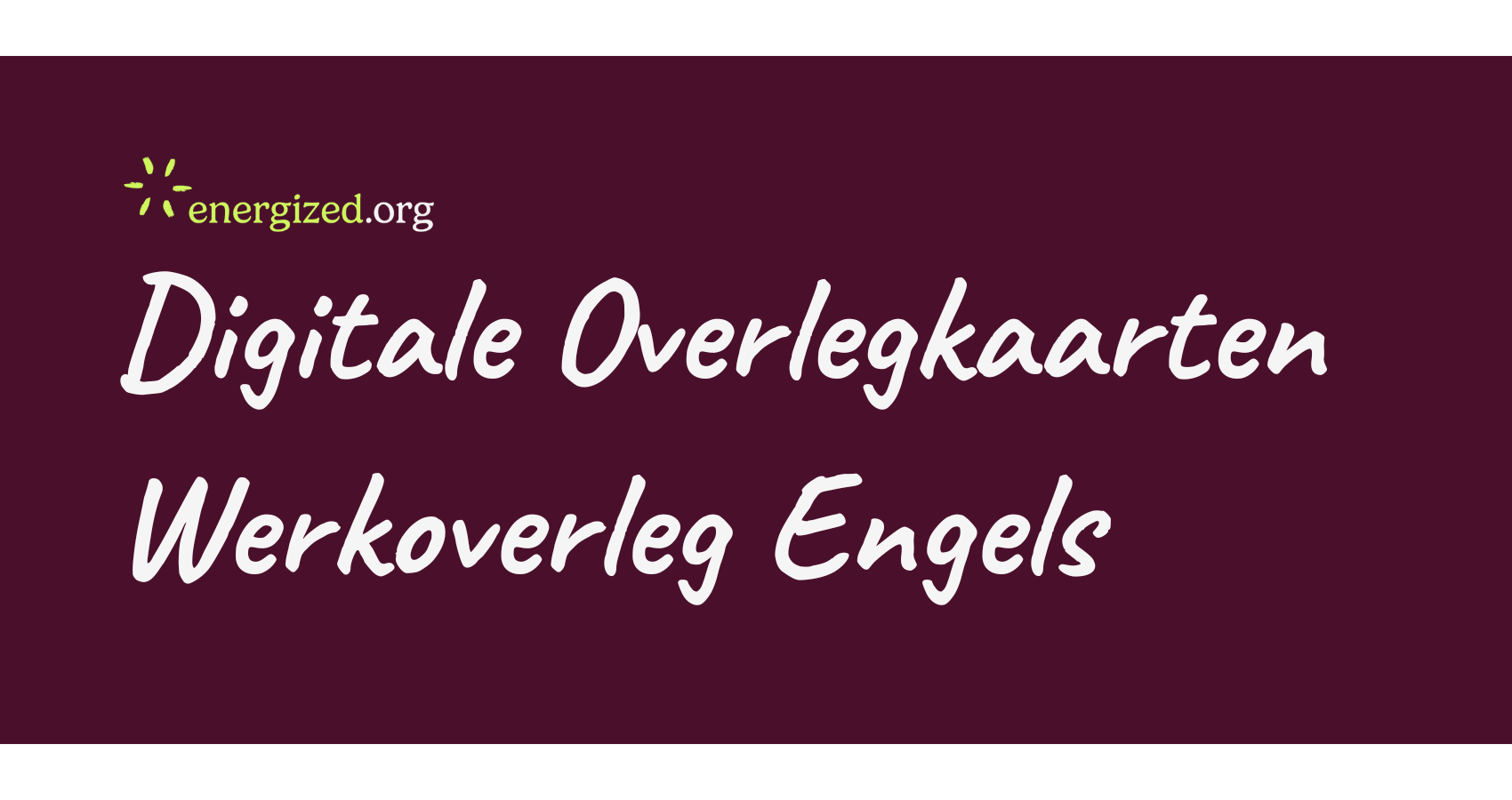
Overlegkaarten Werkoverleg Engels
Maak je Werkoverleg efficiënt en doelgericht met onze Overlegkaarten! Deze kaarten helpen je om snel door de agenda te gaan, spanningen te verwerken en acties toe te wijzen. Perfect voor teams die met Holacracy werken en hun werkoverleg naar een hoger niveau willen tillen.
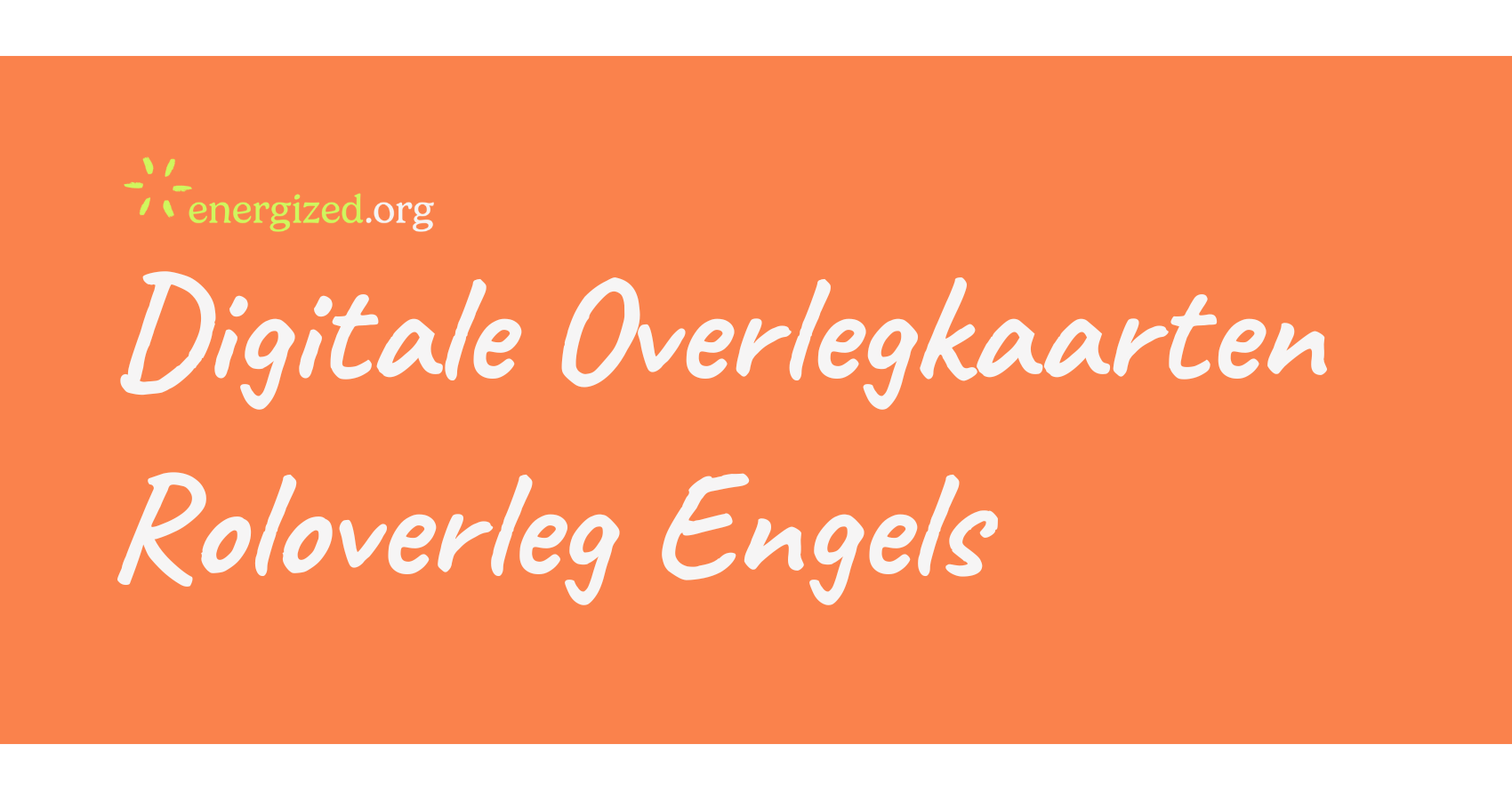
Overlegkaarten Roloverleg Engels
Optimaliseer je roloverleg met onze Overlegkaarten! Deze kaarten bieden een duidelijke structuur om rollen en verantwoordelijkheden te definiëren, spanningen te verwerken en beslissingen te nemen. Iedere kaart bevat stapsgewijze instructies om je vergadering efficiënt en gefocust te houden.
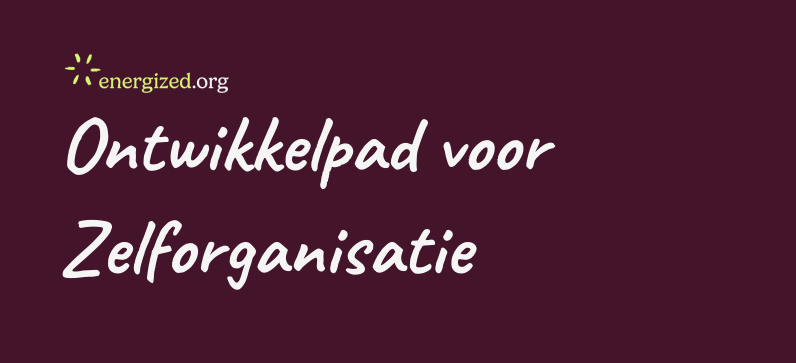
Ontwikkelpad voor Zelforganisatie
Is Holacracy stevig verankerd in je organisatie of val je af en toe (onbewust) toch nog terug in oude machtspatronen? Met de poster ontwikkelpad voor zelforganisatie kun je dit makkelijk in kaart brengen. Aan de hand van vijftien domeinen zoals roltoewijzing, beloning, informatiestromen en projectmanagement worden vier niveaus van ontwikkeling onderscheiden en kun jij bepalen in weke fase jouw organisatie zich bevindt. Zo weet je op welk gebied je goed zit, maar ook waar je organisatie mogelijk nog wat stapjes kan zetten. Wie weet haal je er ook inspiratie uit voor volgende fase!
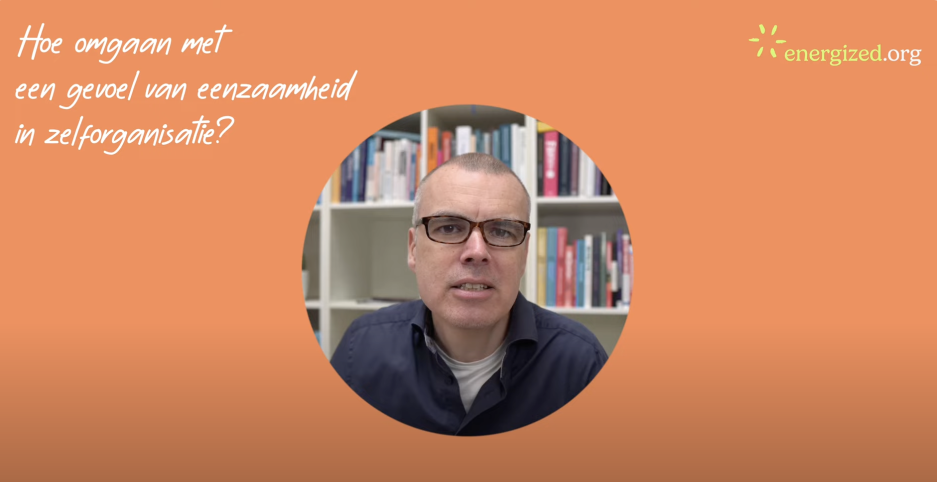
Hoe omgaan met eenzaamheid in zelforganisatie?
Een klant met veel jonge medewerkers in het team liet onlangs aan ons weten dat voor hen verantwoordelijkheid nemen vaak eenzaam aanvoelt. Hoe ga je eigenlijk om met eenzaamheid in zelforganisatie? Koen vertelt over zijn ervaring en geeft praktisch advies.




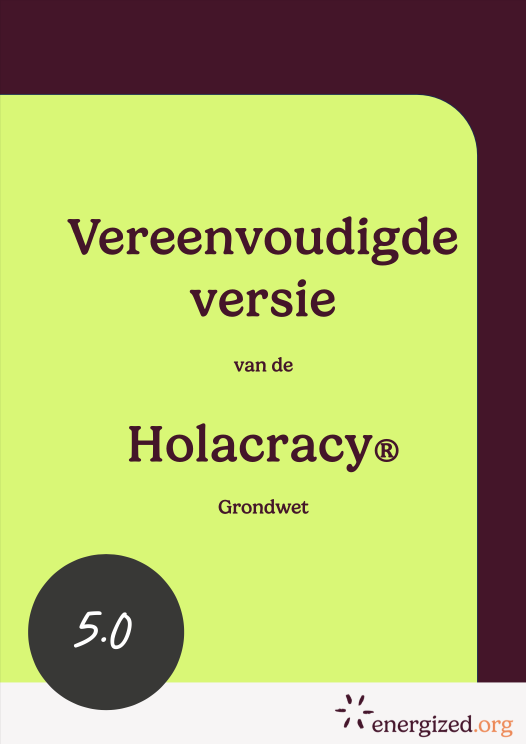
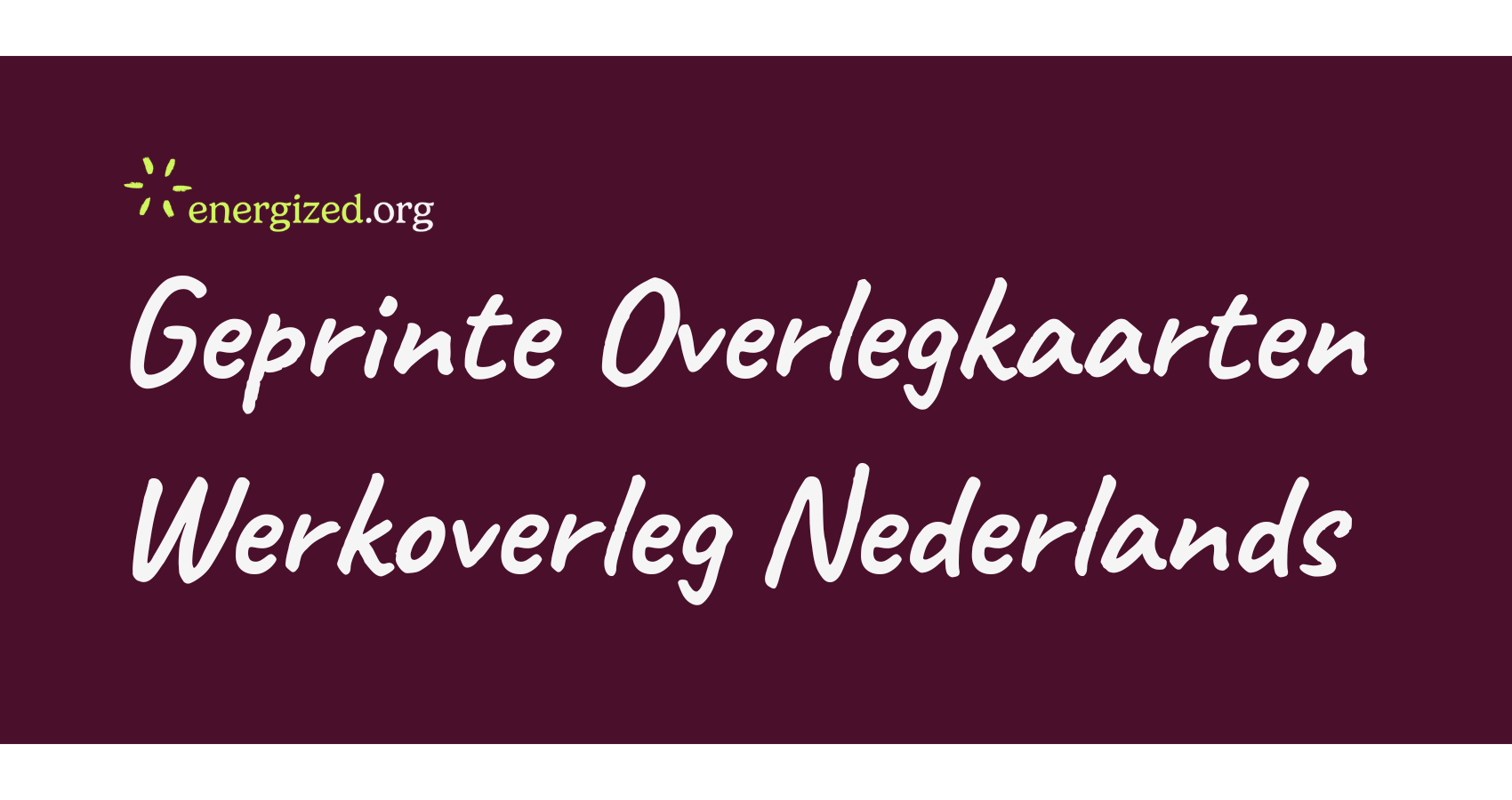
Geprinte Overlegkaarten Werkoverleg Nederlands
Maak je Werkoverleg efficiënt en doelgericht met onze Overlegkaarten! Deze kaarten helpen je om snel door de agenda te gaan, spanningen te verwerken en acties toe te wijzen. Perfect voor teams die met Holacracy werken en hun werkoverleg naar een hoger niveau willen tillen.

Geprinte Overlegkaarten Werkoverleg Engels
Maak je Werkoverleg efficiënt en doelgericht met onze Overlegkaarten! Deze kaarten helpen je om snel door de agenda te gaan, spanningen te verwerken en acties toe te wijzen. Perfect voor teams die met Holacracy werken en hun werkoverleg naar een hoger niveau willen tillen.
Ik wil me verder ontwikkelen
Vind je ons gedachtengoed interessant en wil je graag een volgende stap maken? We bieden verschillende open en incompany trainings aan, die je meer kennis en praktische handvaten geven.
Ik wil met jullie samenwerken
Heb je een hulpvraag en wil je onze expertise inschakelen? We verkennen de mogelijkheden met je in een eerste gesprek en gaan in op wat er aan de hand is en hoe wij je kunnen helpen, geheel vrijblijvend natuurlijk.
Nieuwsgierig naar groei?
Wij willen graag kennis met je maken. Vul onderstaand formulier in of bel gewoon naar 085-13017195.